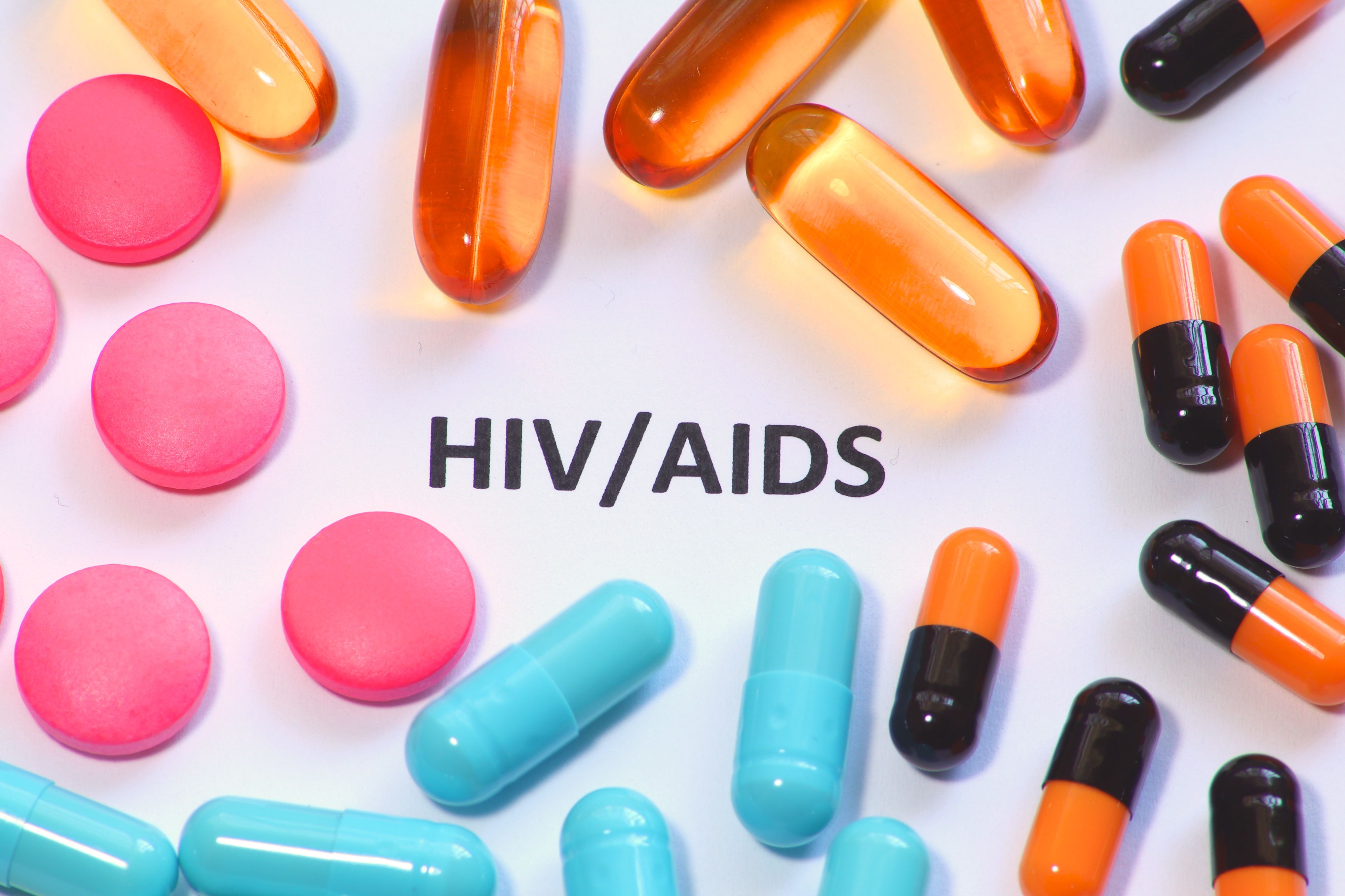- Center on Health Equity & Access
- Clinical
- Health Care Cost
- Health Care Delivery
- Insurance
- Policy
- Technology
- Value-Based Care
Controlling Spread of Drug-Resistant HIV May Necessitate Interventions
Specific subtypes and transmission clusters for HIV could require targeted interventions to control spread of HIV that is drug-resistant.
Targeted interventions of specific subtypes and transmission clusters of HIV could help with drug resistance in HIV treatment, as pretreatment drug resistance (PDR) was different based on subtype, according to a study published in Frontiers in Microbiology.1 Antiretroviral therapy (ART) implementation can be hindered by either PDR or acquired drug resistance (ADR) in these patients.
ART is the recommended therapy for patients with HIV, as it can significantly reduce new infections of HIV.2 However, ADR and transmitted drug resistance (TDR) are possible given the encouragement to begin ART early. An increased number of countries are reporting 10% PDR, which could affect first-line treatment of HIV in the future. China is a country that is seeing PDR that is higher than 10% in certain provinces. This study aimed to assess the level of PDR and ADR and also to trace transmission clusters in the city of Hangzhou.
Participants were enrolled if they had newly confirmed HIV or had ART failure between 2020 and 2023. The researchers collected both demographic information and blood samples from all participants. The HIV-TRACE algorithm was used to establish the HIV-1 molecular transmission network. Reference sequences from other regions in China were downloaded from the GenBank with all participants in drug-resistant transmission clusters.
ADR and PDR could make treating HIV more difficult if not addressed in the future | Image credit: SpeedShutter - stock.adobe.com

There were 3596 individuals newly diagnosed with HIV between 2020 and 2023 and 164 individuals who had ART failure between 2021 and 2023 that were included in this study and provided 4595 plasma samples and 211 plasma samples respectively. Most of the newly diagnosed individuals were men (90.5%), more than half had at least a high school education (61.7%), and most were not married (57.1%). Most of the newly diagnosed group contracted HIV through homosexual contact (65.7%). CRF07_BC was the.most common HIV subtype (45.8%), followed by CRF01_AE (33.9%).
A total of 8.4% of newly diagnosed HIV patients had PDR, with nevirapine having the highest proportion of PDR (3.5%) of the non-nucleoside reverse transcriptase inhibitors (NNRTI) agents. Resistance to 3 or more NNRTI agents was more common than resistance to 3 or more nucleoside reverse transcriptase inhibitors (NRTI) agents (1.9% vs 0.7%) or PI agents (1.9% vs 0.1%). Multivariable and univariable analyses found a significant association between the subtype of HIV and PDR; patients with the CRF07_BC subtype were more likely than CRF08_BC subtype to cluster in transmission networks (adjusted OR, 0.56; 95% CI, 0.359-0.859). Individuals with ART failure had an overall prevalence of ADR of 50.6%, with ADR to NNRTIs higher than to NRTIs (46.3% vs 31.7%).
There were some limitations to this study. Only the dominant strain can be detected in individuals who are infected with HIV, which could underestimate PDR. All drug-resistant mutation sites were not evaluated, and future research should focus on full-length sequences.
PDR and ADR both have high prevalence in individuals with HIV, which makes it hard to start ART in this group. Targeting specific subtypes and transmission clusters may be a method of reducing the number of individuals with PDR and ADR and curbing the spread.
References
- Zhu M, Sun Z, Zhang X, et al. Epidemiological dynamics and molecular characterization of HIV drug resistance in eastern China from 2020 to 2023. Front Microbiol. 2024;15:1475548. doi:10.3389/fmicb.2024.1475548
- FDA-approved HIV medicines. HIVinfo. Updated July 31, 2024. Accessed November 4, 2024. https://hivinfo.nih.gov/understanding-hiv/fact-sheets/fda-approved-hiv-medicines
Elevating Equitable Health Care for the LGBTQ+ Community
June 18th 2024For the third episode in our special Pride Month series, we speak with Patrick McGovern, CEO of Callen-Lorde since August of 2023 and an outspoken advocate for HIV; lesbian, gay, bisexual, transgender, queer, plus (LGBTQ+); and community health.
Listen
Community Outreach Is Enabling CeSHHAR to Close HIV Care Gaps in Zimbabwe
April 6th 2021The Centre for Sexual Health and HIV/AIDS Research Zimbabwe conducts evidence-based research related to HIV and AIDS, as well as provides and implements sexual and reproductive health education and interventions among sex workers, children, and adolescents, and in the area of masculinity.
Listen
